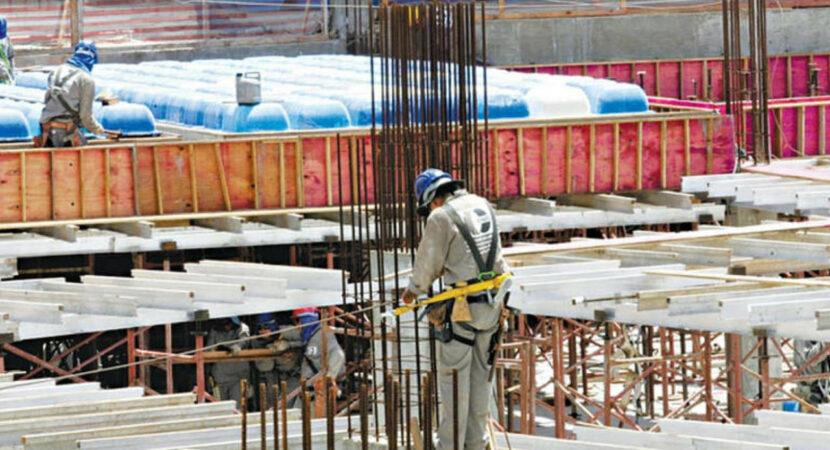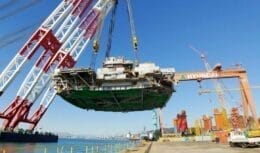
According to the IBGE, the national cost of the construction industry and inputs increased from R$ 1.252,10 per square meter in November to R$ 1.276,40 per square meter in December 2020
The National Index of the Civil Construction Industry (INCC/Sinapi), released on Tuesday, 12, by the Brazilian Institute of Geography and Statistics (IBGE), rose 1,94% with regard to inputs in December, after an advance of 1,82% in November. The accumulated rate in 2020 was 10,16%, the highest in the historical series with exemption from the payroll of companies in the sector, which began in 2013.
Read also
According to the IBGE, the national cost of inputs for the civil construction industry increased from R$ 1.252,10 per square meter in November to R$ 1.276,40 per square meter in December. The share of materials rose by 3,39%, while the cost of labor rose by 0,25%.
Increase in inputs makes resumption of works unfeasible
“The civil construction industry was greatly impacted, as of July, by the sequential increases in the installments of inputs”, explains the research manager, Augusto Oliveira.
On the other hand, the civil construction industry was negatively affected. Companies in the sector have seen the prices of several basic inputs rise, such as cement and iron (used in rebars) and estimate that this increase could harm not only private real estate projects, but also impact the cost of public works.
Imbalance in civil construction contracts
“The increases have been surprising and the consequence of this is very bad. It causes an imbalance in public works contracts, in industrial contracts, in real estate launches that are expected to happen and in those that are already in progress. At a time when it is necessary to generate jobs, income and make the economy spin, this is a danger” evaluates the president of the Civil Construction Industry Union of Espírito Santo (sinduscon), Paulo Baraona.
He claims that there is a shortage of material on the market, which, along with high demand, has forced prices up. This shortage, according to Baraona, is caused by a slowdown in the production of cement and steel inputs, which began before the pandemic, but which has intensified since then.
Influenced by the significant increase in the share of materials, the Northeast region had the highest regional variation in December (2,37%) and the highest accumulated result in 2020 (12,50%). In the other regions, the results were: 1,75% (North), 1,69% (Southeast), 2,27% (South) and 1,35% (Midwest).








